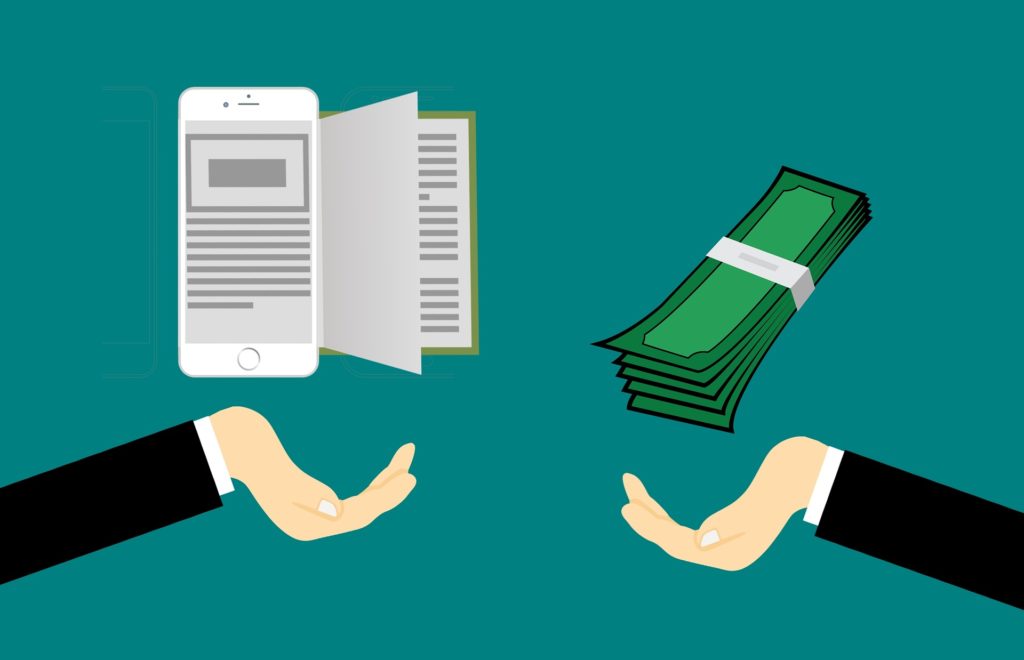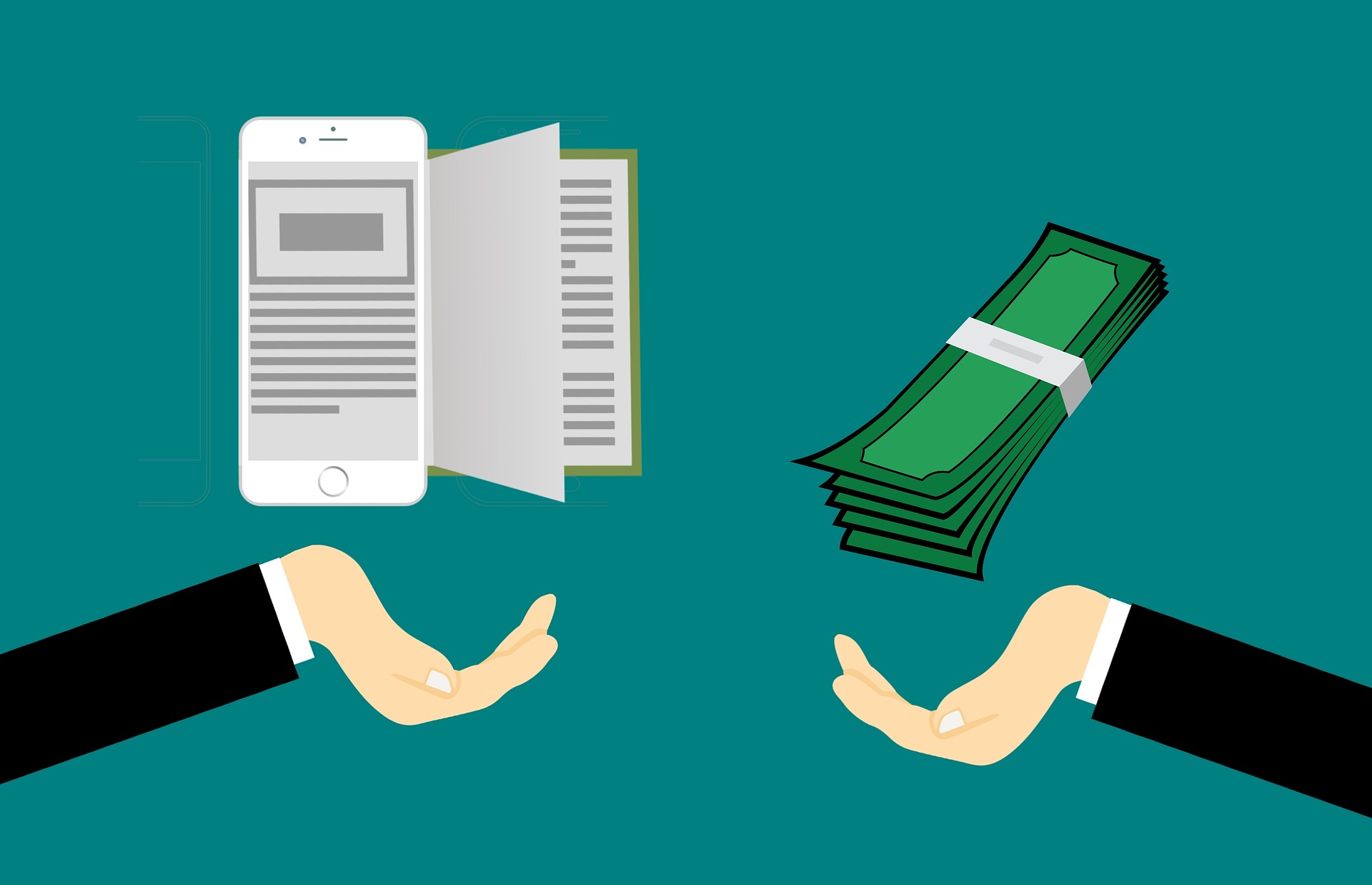Nothing is more pathetic than working hard on your book and publishing it only to find out that no one is interested in it.
In this article, we will see 7 important mindset shifts to help you sell more books and earn better from your writing. Although these are best principles for Authors who write their own books, some concepts can also help if you are re-publishing a public domain book.
Research Before You Write
If you want to sell more books, then we need to understand from the very beginning that sales is directly proportional to the number of people who will be interested in whatever you want to write.
Studying the market even before you write, and doing some research on keywords, surveying what people in your field really want – will all go a long way when you finish writing and start selling. In fact, these could pave the way to sell your books even before you write. KDP also has ‘pre-order’ sales options available to its authors.
This way, we can distinctly divide the entire process into three parts:
- Research
- Write
- Promote
All these three steps are important and go hand-in-hand to ensure you sell more books.
Tools such as Publisher Rocket help in finding approximately how many people have bought similar titles in your genre, what is the typical download count per a period, and more such useful metrics for you to decide.
Another treasure trove is the book reviews, ratings, and comments section for similar titles that others have written. – You can easily find what your potential audience has loved and hated from their comments and then use that intel to enhance your writing exponentially.
If you are interested in learning more tactics to sell more books, I highly recommend reading Pat Flynn’s ‘Will it fly‘ book – I will provide the link below so you can give it a shot.
Download a mind map version of this article.
Importance of platform awareness
Having different versions of the books you’ve written is great, but if you are just starting out, focus only on your Kindle version.
They sell more books on Kindle than in print!
This way, you can first focus on establishing a place for yourself in the world of writing. After you see some traction in your ebook sales, you can move on to publishing them in print editions.
Not just that, there are more avenues in the eBook world and Kindle is not the end – we have leanpub, Kobo, Google Play Books, Smashwords, iBooks and so on so you can cater to different types of people and thus sell more books that way.
They are all people reading ebooks but the devices they carry in their hands are different and you are losing out on lot of money if you don’t tap into that diversity.
That’s why it’s all the more important to be platform-aware and start focusing on the eBook market in your first month to sell more books before you exhaust all the options and then step into the print versions.
Understanding the technical side of ebooks
A simple shift in the mindset regarding the technologies we use to self-publish takes you really far in making the work you do to stand out from your competition and thus sell more books.
An eBook is really just a web page, written in HTML.
Learning some basics of HTML and CSS can really help in formatting the ebooks the way you want. If not nothing, consider using the services offered by professionals who charge very less on platforms like upwork or fiverr.
They are experts in using HTML, CSS who can format your ebook the way you want with all the designs and formatting specifics. This can tremendously help to sell more books.
Expect Less
Your first published book is no-doubt a bestseller in your family circles, but it will not be a super-hit out in the world from day one onward.
There are exceptions and I will consider myself lucky if it happens to me. If you are just beginning to write and sell books as an author, then try writing something short but valuable for your target audience and learn all the technicalities involved in self-publishing your first book.
Publish more often applying the knowledge you’ve gained from the first book. Unlike olden days where people used typewriters to type their manuscript, and publishers who used big printing press machines, writing books need not take years with hand-held gadgets, cloud-based apps, and self-publishing resources available for free these days.
Learn this business, forget the expectations, gain the experience and eventually you will ride on easily with increased revenue because this is all just science and the process works the same way for everyone.
Connecting with readers
Some authors just share their ideas in their books and leave it at that. The book stands in isolation with no actions for the readers, so they just move on after reading and you have lost a potential fan because there is no way to connect with you for them.
As an author, connecting to your readers is an important opportunity to ensure they also read your next book. CTAs or call to action inside your books are vital to building a following for your works.
Turning that into a loyal following group depends on your consistency in engaging the audience with what they ask for. Here are some ideas that could bring your readers to know you better and get closer to you.
- Introduction page – where you can tell more about yourself,
- Contact page – Creating and linking to your website and other social media channels.
- Offering a supplement to your current book and letting them sign up for your Newsletters or other free accompanying downloads called as Lead Magnets.
- Creating a Facebook community and making it exclusive access to your followers.
- Doing an AMA or “Ask Me Anything” chat sessions on Twitter, Reddit, or Gitter (https://gitter.im)
Delivery Costs
Size of the eBook increases delivery costs from Amazon, thus leading to lesser royalties.
This is something that all the authors who are self-publishing using Amazon to be aware of.
I created a dedicated video to address this issue and how you can resolve it. The primary culprit is the images you use in the eBook and in this other video, you’ll learn how to compress them effectively without losing the quality. Links are provided in the description below.
Content Seeding
The core principle here is repurposing the content you’ve already written. Almost every book you write can take another birth of its own as a podcast, blog article, video, a slideshow, a course, a checklist (for non-fiction works), an infographic, or any other mini PDF that can be created out of the original work you wrote first.
No book should be left in isolation and must be reborn in one or many of these forms.
Bonus Tip to Sell More Books:

For all those of you who are still reading, I have a bonus tip. Well, it’s actually a no-brainer but not EVERYONE realizes it. So, I thought I will share it, anyway.
Hyperlinked Table of contents:
In case your books don’t have this, it’s time you edit and re upload your eBooks after creating a table of contents – and if you already have the TOC on your eBooks, then pat yourself on your back. This is because TOC section provides a great reader’s experience on eBooks. Some don’t use it and some misuse it by placing it at the end of their eBooks – this not only is a poor reading experience but also makes Amazon think that you are cheating its algorithm by letting the system think that the reader has fully read your book by reaching the end of the eBook. This is usually manipulated to tap into the KENP page read count related royalties. So, use the TOC within the starting sections only and use it to link to your main chapter and sub-chapter headings. Again, I have another video which talks about creating Table of Contents.
So, those were some pointers to keep in mind on your writing journey. I hope this was useful and let me know if you have any problems or questions on Amazon KDP below.
Cheers and good luck!
Arun
